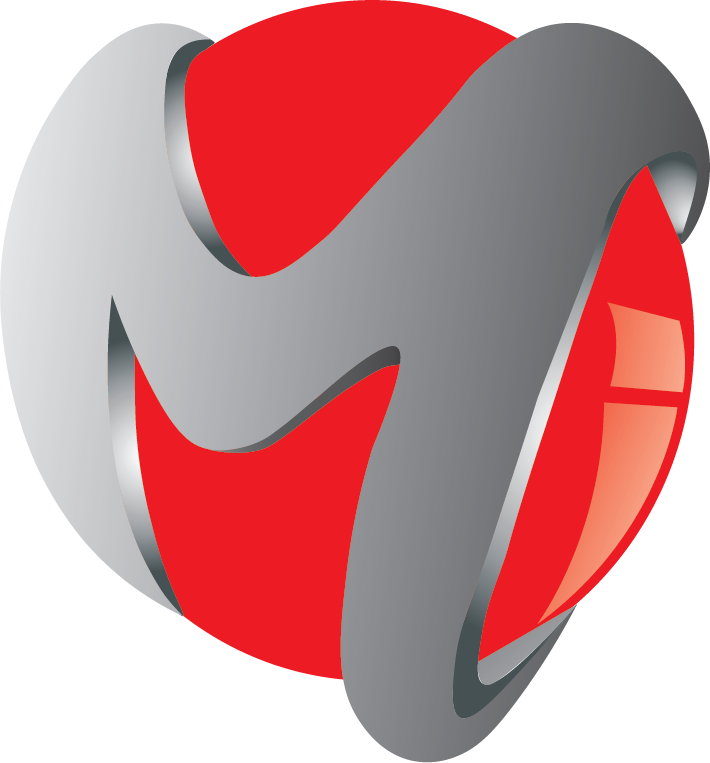CLOUD MIGRATION GUIDE
The migration of a company’s first workload can take anywhere from 1-2 months (for small workloads) to 6 months or more (for medium and large workloads). Because of the gained experience, subsequent workloads require less time to migrate.Cloud migration is the process of moving a company’s digital assets, services, databases, IT resources, and applications either partially, or wholly, into the cloud. Cloud migration guide is also about moving from one cloud to another.
CLOUD MIGRATION guide STEP-BY-STEP
Every cloud migration roadmap is unique, based on the scope and scale of your migration project, the migration strategy chosen, the complexity of data storage and processing requirements, and other factors. The typical steps we take at Manin to perform cloud migration are described below.
STEP 1. CONCEPTUALIZATION OF CLOUD MIGRATION
Duration: 1 - 2 week
- Establish cloud migration goals (improving business app performance, reducing IT infrastructure costs, expanding market reach, etc.).
- Determine workloads (e.g., enterprise applications, databases, data warehouses, virtual desktops) to relocate to the cloud.
- Diagram the workloads’ topology and dependencies and perform the workloads’ complexity analysis to define the scale of the cloud migration.
STEP 2. CHOOSING A CLOUD MIGRATION STRATEGY
Duration: 1 - 2 weeks
▸Select a cloud migration strategy (rehost, replatform, refactor, repurchase, retire, retain – or a combination of several strategies).
Rehosting (“lift-and-shift”)
- Migrating on-premises workloads to IaaS without modifying the code.
- Rapid and low-cost cloud migration with limited cloud-driven capabilities (workload resilience, performance and scalability).
Replatforming (“lift, tinker and shift”)
- Without modifying the source code, moving on-premises workloads to IaaS.
- With limited cloud-driven capabilities, quick and inexpensive cloud migration is possible (workload resilience, performance and scalability).
Refactoring (“rearchitecting”)
- Making on-premises workloads cloud-native and migrating them to PaaS (or near native).
- The full range of cloud capabilities (including cloud auto-scaling, serverless computing, etc.)
Repurchasing (“drop and shop”)
- Using a cloud software product to replace an on-premises solution (SaaS solution).
- Cloud adoption is quick and low-risk.
▸Select a cloud migration strategy (rehost, replatform, refactor, repurchase, retire, retain – or a combination of several strategies).
Single cloud
- Using a single multi-tenant cloud environment to deploy your workloads.
- The dangers of vendor lock-in.
Multi-cloud
- Migrating workloads or parts of workloads to different public clouds.
- Taking advantage of each cloud service provider’s key advantages (e.g., one provider offers higher database speed, while another one offers more advanced AI capabilities).
Hybrid cloud
- Placing workloads with specific security requirements on the private cloud while reaping the benefits of public cloud pricing for other workloads.
- A hybrid of public and private clouds (hosted and managed on-premises by the company).
STEP 3. CLOUD PLATFORM SELECTION
Duration: 2 - 8 weeks
STEP 4. PLANNING AND DESIGNING A CLOUD MIGRATION
Duration: 3 - 4 weeks
- Choose tools for cloud migration automation.
- Create the architecture for the workloads that will be migrated.
- Prepare a cloud migration strategy, including workload prioritisation and a migration timeline.
- Create a risk management strategy to anticipate and mitigate risks such as overpaying due to poor workload architecture, compromised data security during data migration, and so on.
- Set KPIs for cloud migration (workload response time, availability, error rate, and so on).
- Calculate your workload’s cloud computing resource requirements to avoid purchasing redundant resources
- Determine the amount of refactoring required for the workloads being migrated.
STEP 6. FINAL CLOUD ENVIRONMENT TESTING AND OPTIMIZATION
Duration: 4 - 22 weeks
- Data related to the workloads being migrated is being migrated. Data migration should be done continuously throughout the migration process to keep the cloud database up to date.
- Configuring cloud monitoring tools.
- Workload migration.
- Building a new production environment around the new workload architecture.
STEP 6. FINAL CLOUD ENVIRONMENT TESTING AND OPTIMIZATION
Duration: 1 - 8 weeks
- Conduct a regulatory compliance assessment (e.g., HIPAA, GDPR, etc.) and a technical audit of the cloud infrastructure and migrated workloads to identify operational flaws.
- In the cloud, evaluate the performance of the migrated solutions.
- Improve (if necessary) security and cloud performanc
- Perform new environment penetration testing.
STEP 7. MIGRATION OF ON-PREMISES WORKLOADS TO THE CLOUD
Duration: all at once or gradually over the course of 2 - 4 weeks (for workloads with large amounts of inbound network traffic)
The migration is complete at this point, and your cloud environment is operational. After going live, you can either turn off the migrated workloads’ on-premises infrastructure or keep it for backup or as part of a hybrid cloud deployment.
THINK ABOUT PROFESSIONAL CLOUD MIGRATION guide

CLOUD MIGRATION CONSULTING
▸Providing advice on cost optimization of migrated workloads, among other things.
assisting and guiding an internal team through the cloud migration process (architecture designing, planning, testing, knowledge transfer, etc.).
▸Examining your current IT infrastructure to determine which workloads should be migrated.
▸Estimating the ROI of migration activities and the TCO of migrated workloads.
▸Making plans for a cloud migration project.

CLOUD MIGRATION OUTSOURCING
▸Setting up monitoring tools to measure the performance, load, and other aspects of the migrated workloads.
▸Creating a cloud cost-cutting strategy for the migrated workloads.
▸Migration to the cloud is being carried out.
▸Transferring cloud-specific knowledge to your in-house team.
▸Choosing a strategy for cloud migration.
▸Creating a model for cloud deployment.
WHY MANIN IS A TRUSTWORTHY CLOUD MIGRATION CONSULTING PARTNER
- A substantial pool of Cloud certified professionals, such as Cloud Certified Solution Architects and Cloud Certified SysOps Administrators.
- Microsoft’s Most Valuable Professional Award – 3rd time in a row!!!
- We hold Guinness Record (Microsoft App Fest)
- We are consistently ranked as top 0.05% developers in Stack Overflow
- We are the Core Team of Google Apigee
- 350+ Successful Projects Worldwide
- Excellent Client Review / Portfolio
- 15+ Years of Experience
- Worked with 150+ Companies Worldwide
